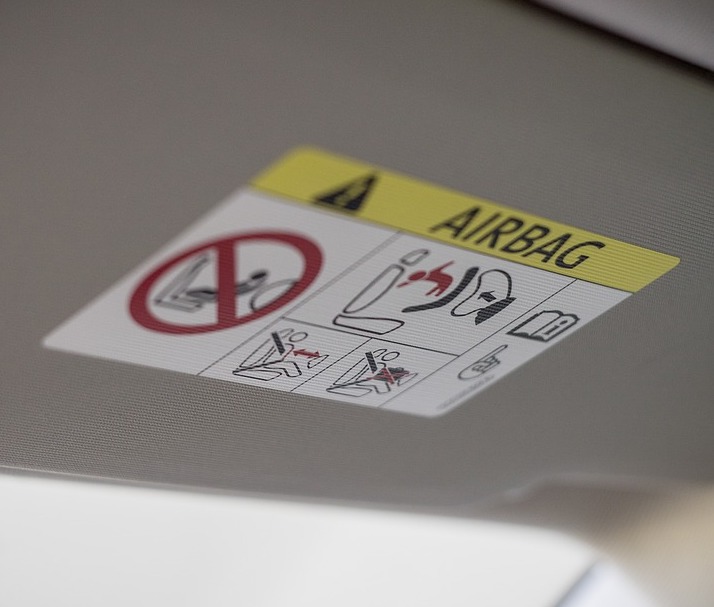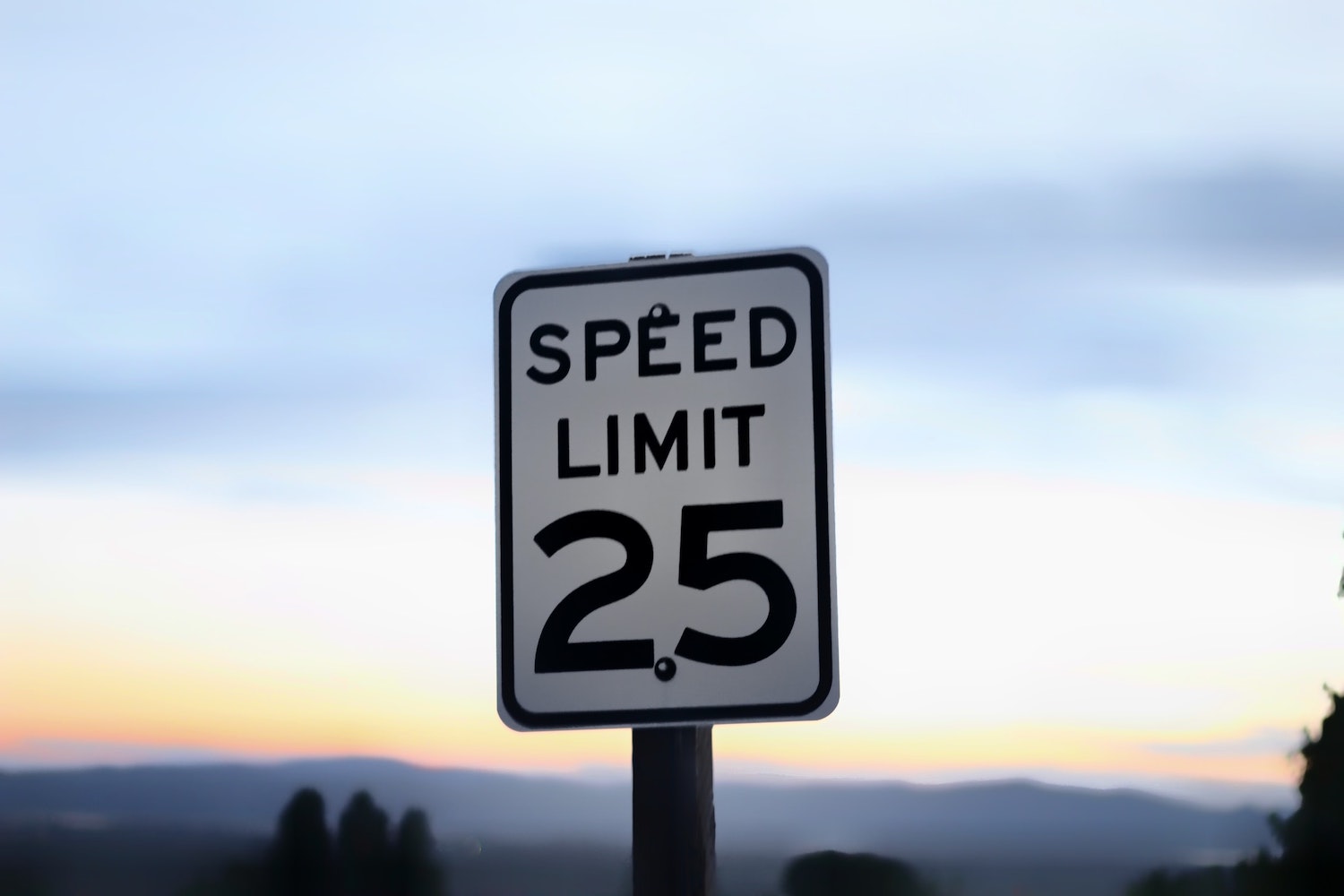Many of the laws in our country, state, county, and city are aimed at keeping us safe while driving. Whether it is a law on speed limits or vehicle safety standards, these types of vehicle laws and standards are designed to keep everyone as safe as possible in the event of a car accident. For the everyday driver, these laws are simple and easy to follow. Here are three vehicle laws protecting you from a personal injury in the event of a car accident.
 I’m sure everyone has heard the classic phrase “Click it, or Ticket”. Buckle your seatbelt when you get into the car, or face a fine when an officer pulls you over. It turns out there is a reason to this rhyme, as clicking your seatbelt not only prevents you from getting a ticket: it is also responsible for a significant reduction in car accident deaths.
I’m sure everyone has heard the classic phrase “Click it, or Ticket”. Buckle your seatbelt when you get into the car, or face a fine when an officer pulls you over. It turns out there is a reason to this rhyme, as clicking your seatbelt not only prevents you from getting a ticket: it is also responsible for a significant reduction in car accident deaths.
The study confirms that seatbelt laws are directly related to higher seatbelt usage and lower death rates
A brand-new study supports this age-old, common-sense conclusion by examining the effects of different laws on car accident deaths between 1999 and 2015. The study confirms that seatbelt laws are directly related to higher seatbelt usage and lower death rates. Wearing a seatbelt is the easiest way to prevent serious injury in the case of an accident and seat belt laws make taking the time to buckle up that much more attractive.
 Laws requiring buckling up in the car are just some of the many car safety standard laws. Other safety standards include manufacturing standards for car companies. These laws require certain types of safety features, lights, trunk releases, tire-pressure monitors, and airbags to be standard to all vehicles made.
Laws requiring buckling up in the car are just some of the many car safety standard laws. Other safety standards include manufacturing standards for car companies. These laws require certain types of safety features, lights, trunk releases, tire-pressure monitors, and airbags to be standard to all vehicles made.
Airbags in particular have high standards for safety, with certain Ohio laws going as far as to differentiate between improper and proper installation of replacement bags A properly installed airbag can be the difference-maker in a car accident.
Injuries sustained from hitting a dashboard or steering wheel can be deadly and an airbag helps to prevent them. Some of these safety standards are enforced at the federal level and help keep us safe when we drive or purchase a new vehicle.
 Nearly as easy as buckling a seatbelt, following the speed limit drastically reduces the chance of a personal injury while driving. Speed limits are laws that regulate how quickly vehicles are allowed to travel on a given motorway.
Nearly as easy as buckling a seatbelt, following the speed limit drastically reduces the chance of a personal injury while driving. Speed limits are laws that regulate how quickly vehicles are allowed to travel on a given motorway.
The speed limit on a road can be different depending on the type of vehicle you are driving, so it is important to be mindful of the posted limits. Speed limits are calculated and set to reduce the number of accidents. The U.S. Department of Transportation writes that, “speed limits should reflect the maximum reasonable and safe speed for normal conditions”. By following the speed limit, we can minimize personal injury to ourselves and other drivers in the event of an accident.
Whether it is a law setting manufacturer safety standards or speed limits, many laws and the vehicle laws above help protect us from personal injuries before a personal injury occurs. Even though these laws are here to protect us, personal injuries are still likely to happen in the event of a car accident. If you do find yourself injured after a car accident, the attorneys at McKenzie & Snyder are here to help. When you need a lifeline, call McKenzie & Snyder.

Site Disclaimer - This site/article and any information contained herein are intended for informational purposes only and should not be construed as legal advice. Seek competent legal counsel for advice on any legal matter.
©2025 Mckenzie & Snyder LLP - All Rights Reserved | Privacy Policy